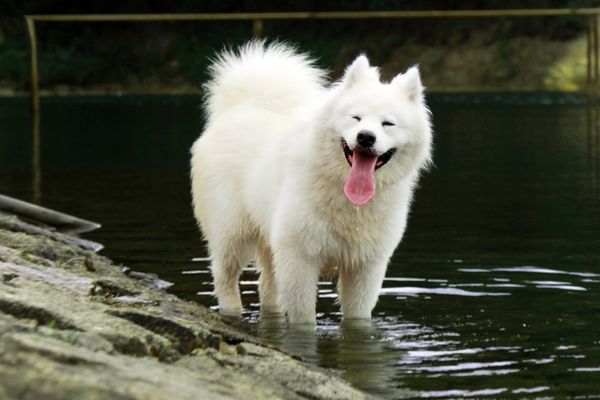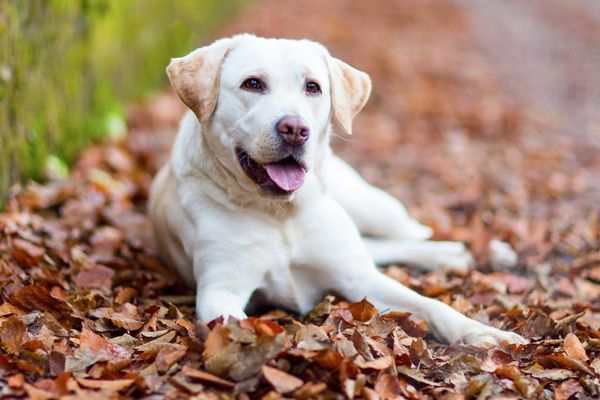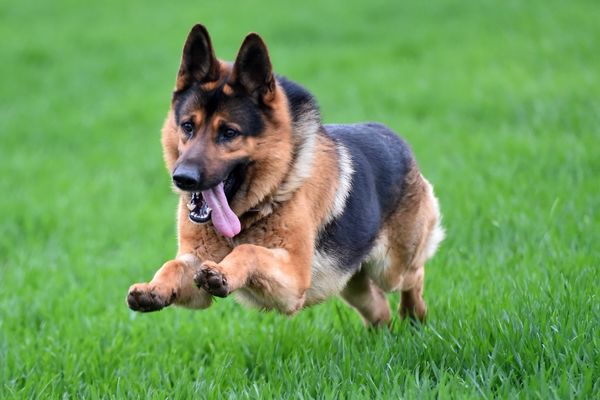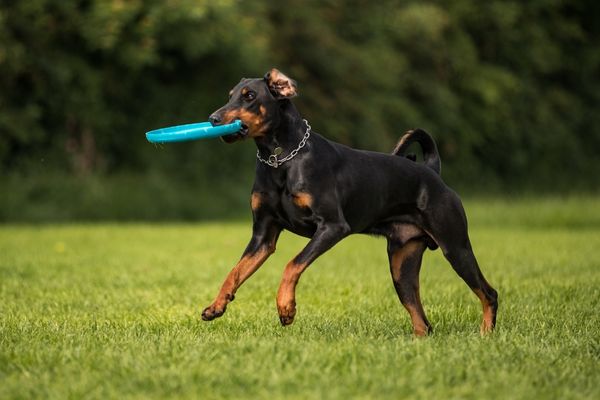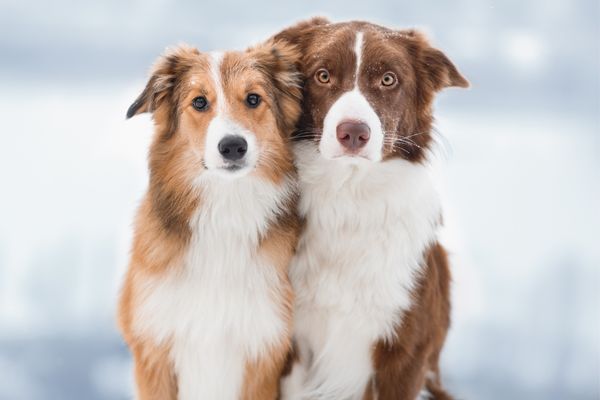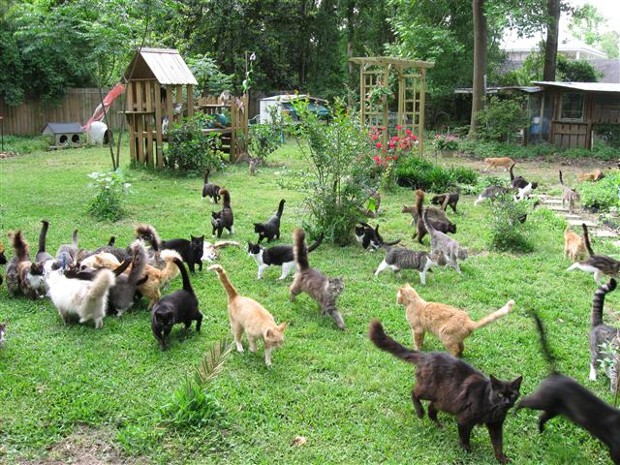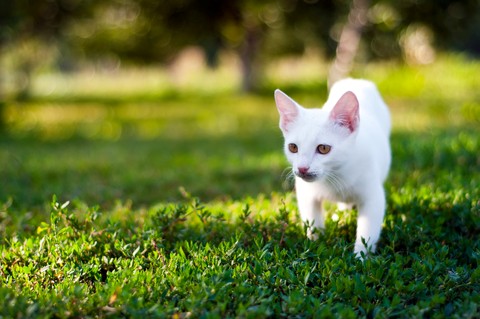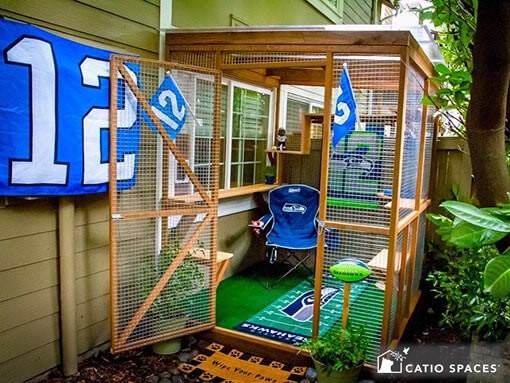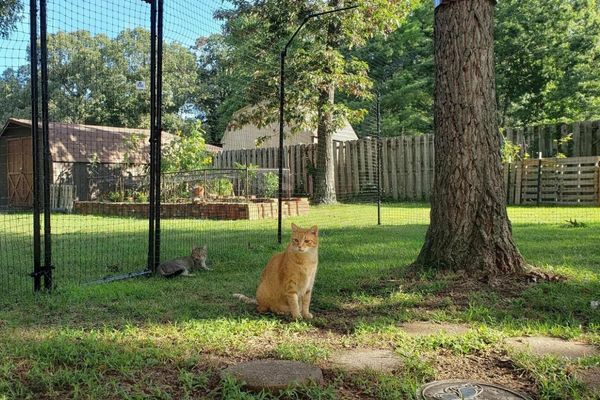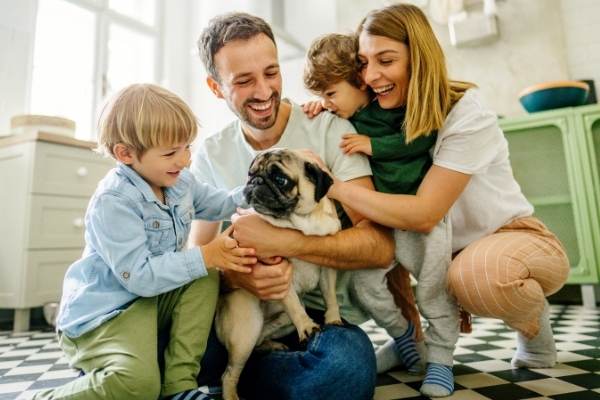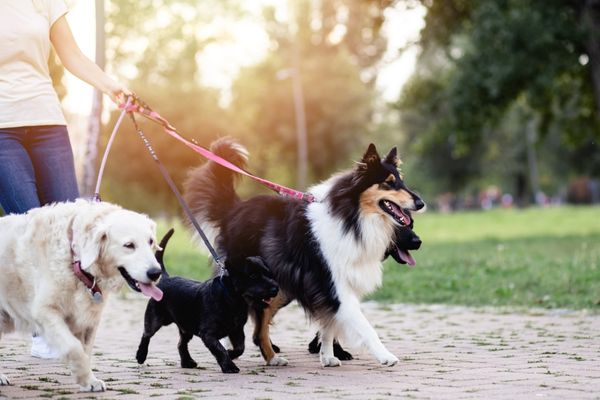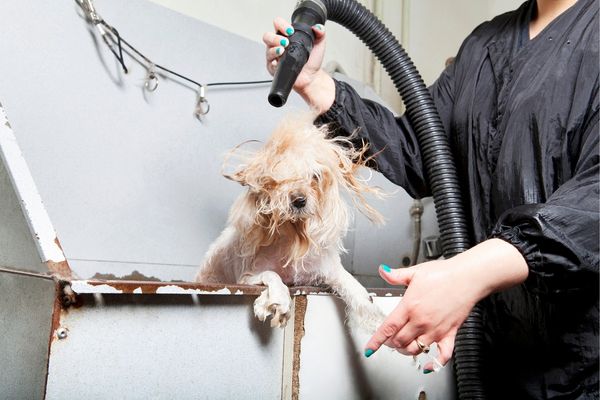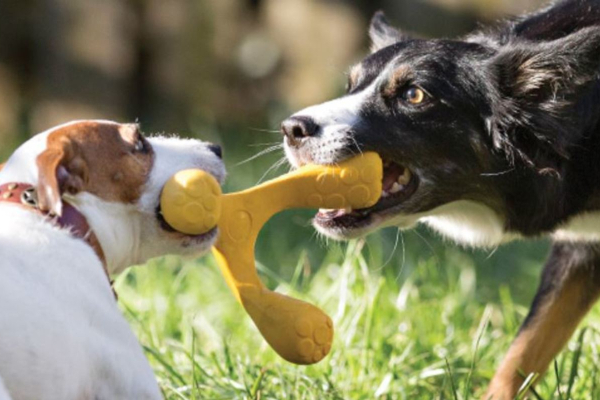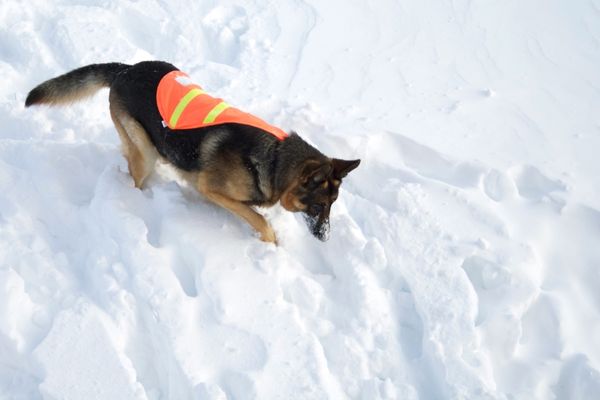 “I wanted to be a vet when I was a kid.”
“I wanted to be a vet when I was a kid.”
Not a day goes by when I don’t hear that sentiment. It warms my heart to interact daily with people who love animals, no matter what their role.
But it warms my soul down to my toes when people volunteer their talents purely for the joy of caring for animals in need.
Volunteering to help homeless and abandoned pets is an incredibly rewarding experience. Your commitment also gives these animals a better chance at finding a loving home.
Here are 11 ways to get involved in helping shelter pets
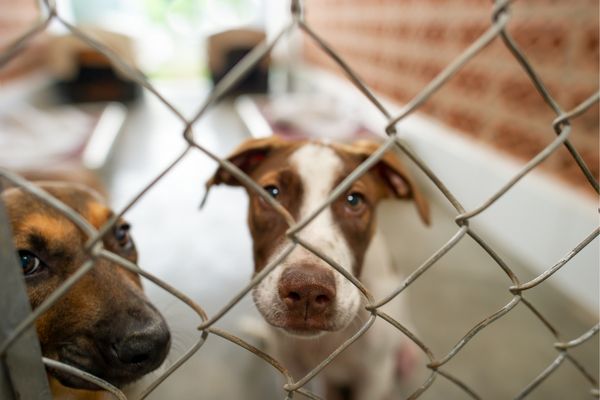
1. Donate Supplies
Shelters always need pet food, bedding, toys, treats, and cleaning supplies. Check with your local shelter to see what they need, and then gather a few items from your local pet store and drop them off.
2. Walk Dogs
Exercise is important for all pets, but especially for dogs in shelters. However, shelters are often short-staffed and need volunteers to take the dogs for a walk. Even if you can’t commit to a regular schedule, a few hours here and there can make a big difference in a shelter pet’s life.
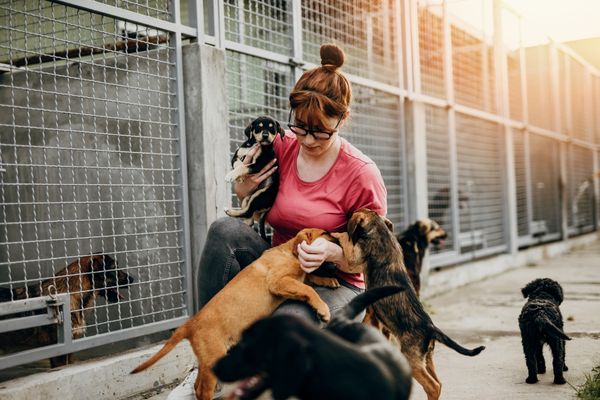
3. Socialize Animals
Socialization is important for shelter animals so they can be adopted into good homes. Spend time with them and help them become more comfortable with people.
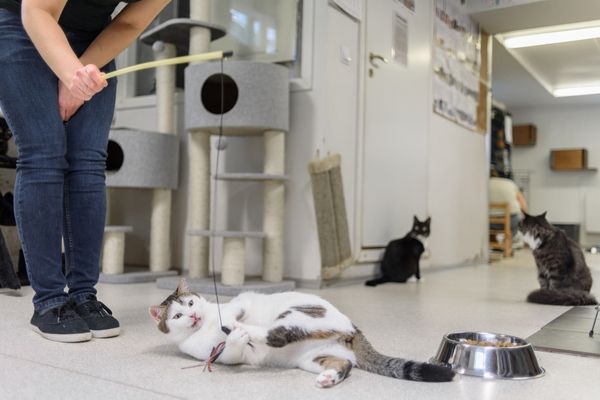
4. Help With Administrative Tasks
Shelters always need help with things like paperwork, filing, inputting data, updating websites, or stuffing flyers.
5. Foster a Pet
There are more homeless pets every day. Rescue organizations and shelters need volunteers to take in pets for a few weeks or months at a time, providing them with care and attention until they can be adopted.
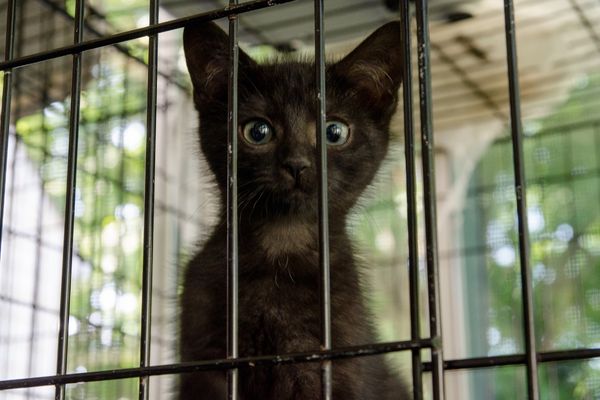
6. Educate the Public
Educating others about pet adoption and the importance of spaying and neutering can help reduce the number of homeless animals.
7. Assist at Adoption Events
Shelters often host adoption events or adoption drives to match potential pet owners with an adoptable furry friend. Participating in these events can help spread awareness of the shelter and encourage adoptions.
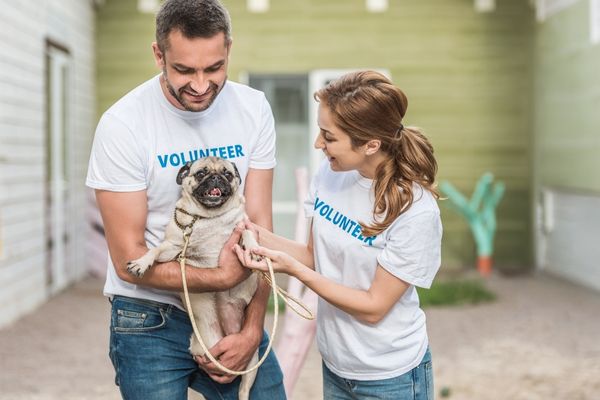
8. Fundraise
Fundraising is essential for shelters to keep running. You can organize a fundraiser or donate your time and/or money to an existing one.
9. Provide Transportation
Many people need rides to and from the shelter to get their pets to vet appointments or adoption events.

10. Become an Adoption Ambassador
Helping shelter pets doesn’t always require physical labor. You can help find homes for shelter pets by spreading the word about the shelter and its adoptable pets.
Post about the shelter on your social media, encourage your friends to volunteer or donate, or write a review online—all of these actions can make a big difference.
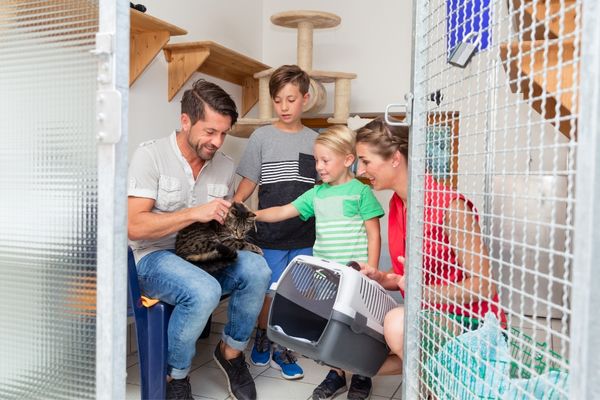
11. Adopt a Pet
Visit Petfinder.com to learn about pets available for adoption in your area and to find your best match.
Thank you, fellow animal lovers, for the things you do to help care for our furry friends in need. I know the joy you receive in return makes it all worthwhile and makes this world a better place.


